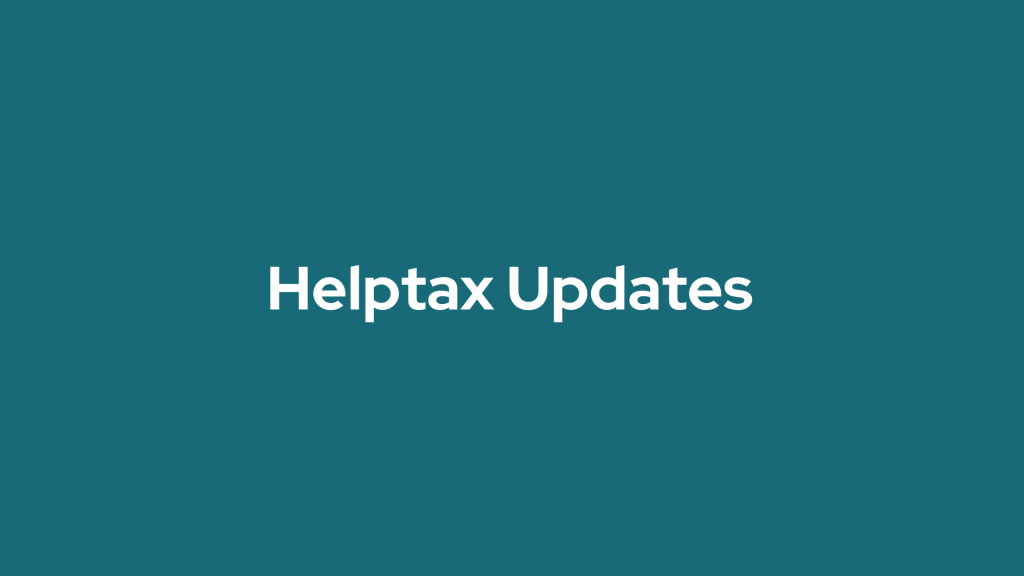RBI Cuts Repo Rate: What It Means and How Customers Can Benefit
The Reserve Bank of India (RBI) has recently announced a cut in the repo rate—a move aimed at stimulating economic activity, reducing borrowing costs, and encouraging spending and investment across the economy. But what exactly is the repo rate, and how does this decision affect you as a customer? Let’s explore in detail.
What is the Repo Rate?
The repo rate is the rate at which the RBI lends money to commercial banks for short durations when they face liquidity shortages. In simple terms, it’s the interest banks pay when they borrow money from the central bank.
So, when the RBI reduces the repo rate:
-
Banks can borrow money at a cheaper rate.
-
This usually leads banks to reduce the interest rates they charge their customers (you) on loans.
-
Savings and deposit interest rates might also decline, but borrowers generally benefit more.
How Customers Can Benefit from a Repo Rate Cut
1. Lower Interest Rates on Loans
One of the biggest advantages for customers is reduced interest rates on various loans, such as:
-
Home loans
-
Car loans
-
Personal loans
-
Education loans
Banks usually pass on the benefit of a repo rate cut by reducing the interest rates tied to external benchmarks like the RBI’s repo rate. This makes borrowing cheaper.
Example:
If you had a home loan of ₹30 lakhs at 9% interest, and the bank reduces the rate to 8.5% due to the repo rate cut, your EMI could reduce by ₹800–₹1,000 per month—or even more depending on the tenure.
2. Easier Access to Credit
With cheaper funds available to banks, they are more willing to lend. This could mean:
-
Faster loan approvals
-
Flexible eligibility criteria
-
Lower processing charges in some cases
This is especially useful for:
-
First-time homebuyers
-
Start-ups looking for business loans
-
Students planning for higher education abroad
3. Opportunity to Refinance Existing Loans
If you already have a loan (like a home loan) with a higher interest rate, you can:
-
Request your bank to reduce your rate (if you’re on a floating interest rate)
-
Refinance with another bank offering lower interest rates (this is called a balance transfer)
Even a 0.5% reduction in interest can save lakhs over a long tenure.
4. Boost to Consumption and Investment
Cheaper loans encourage consumers to:
-
Spend more on homes, vehicles, and appliances
-
Invest in businesses
-
Take more risks for long-term rewards
This in turn supports economic growth, which can benefit individuals in the form of higher income, employment opportunities, and financial confidence.
How to Avail the Benefits of a Repo Rate Cut
✅ For New Loan Seekers:
-
Compare interest rates offered by banks/NBFCs (look for repo-linked loan products).
-
Choose banks that quickly pass on RBI rate cuts (public sector banks and some aggressive private lenders often do).
-
Check for processing fees, foreclosure charges, and other terms.
✅ For Existing Borrowers:
-
Find out if your loan is linked to RLLR (Repo Linked Lending Rate). If it is:
-
Benefits should reflect in your next EMI cycle.
-
-
If not, ask your bank about switching your loan from MCLR or base rate to repo-linked loan.
-
Consider doing a balance transfer to another bank offering lower rates.
✅ For Investors/Savers:
-
Be aware that fixed deposit (FD) interest rates may drop.
-
You may want to diversify savings:
-
Short-term debt mutual funds
-
Government bonds
-
Hybrid instruments that balance returns and risk
-
Will Everyone Benefit Equally?
Not necessarily. Here’s why:
-
Fixed-rate loan holders won’t get any benefit automatically.
-
Senior citizens relying on FD income may see lower returns.
-
Banks may delay passing on full benefits to protect their margins.
Hence, it’s important for consumers to stay informed, proactive, and take steps to realign their loans or investments based on market movements.
Conclusion
The RBI’s decision to cut the repo rate is a positive move for consumers, especially those planning to borrow or already servicing loans. By lowering the cost of borrowing, this monetary policy tool encourages individuals to spend, invest, and grow. However, to fully benefit, you must understand your current loan terms, track your bank’s rate updates, and consider switching or refinancing if it offers significant savings.
Now is the time to review your financial commitments and take advantage of lower rates to boost your financial well-being.
